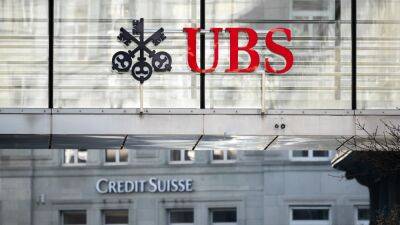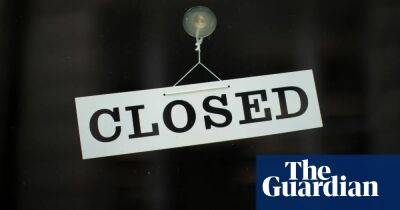Too early to sound the all clear as impact of UK rate rises yet to be felt
The UK economy has been going nowhere for the past year. After rebounding most of the way out of its pandemic trough by early last year, there has been virtually no movement. In three of the last four quarters – including the first three months of 2023 – there was growth of 0.1%, and in the other the economy contracted by 0.1%.
This is unusual. Periods when the economy moves sideways are rare, especially ones that go for as long as a year. They tend to be followed either by recession or recovery, and while the signs are that it will be the latter, it is too soon to say for sure.
On the upside, the economy continued to expand through what was always going to be a tough winter. A combination of double-digit inflation and widespread strikes represented two serious headwinds to activity, and even 0.1% growth is better than most forecasters were expecting.
There are now some signs that these headwinds are easing. There should be fewer days lost through strikes, while the GDP deflator – a measure of domestic inflation – rose at an annual rate of 6.3% in the first three months of 2023, down from 7.3% in the final quarter of 2022.
On the downside, the economy still looks fragile. The expansion in the first quarter was entirely down to growth in January. There was no increase in activity in February, while the economy contracted by 0.3% in March. Consumer-facing parts of the services sector were particularly weak. Retail activity was down by 1.4%, while food and accommodation fell by 0.8%, evidence that consumers are feeling the pinch from rising interest rates and the cost of living squeeze. A wet March, even by British standards, probably didn’t help.
It will take time for the full impact of the 12 increases in interest rates to be
Read more on theguardian.com
















